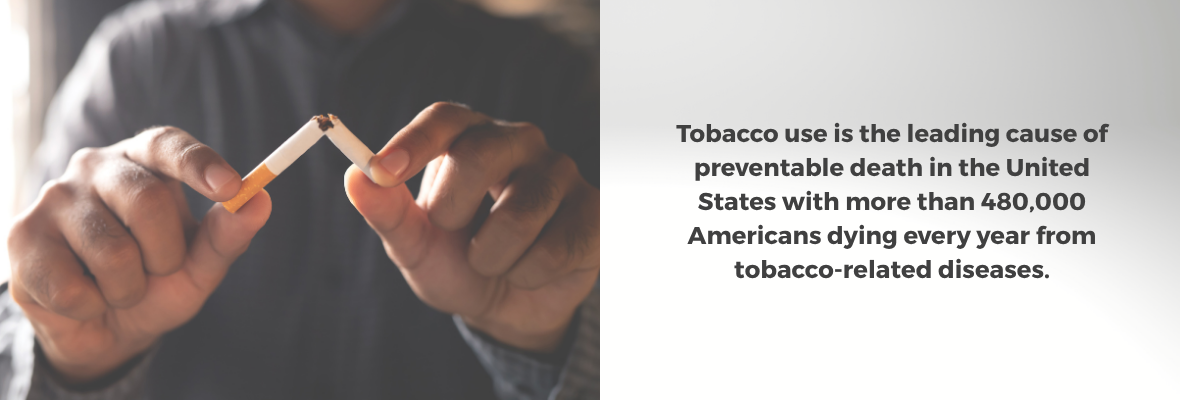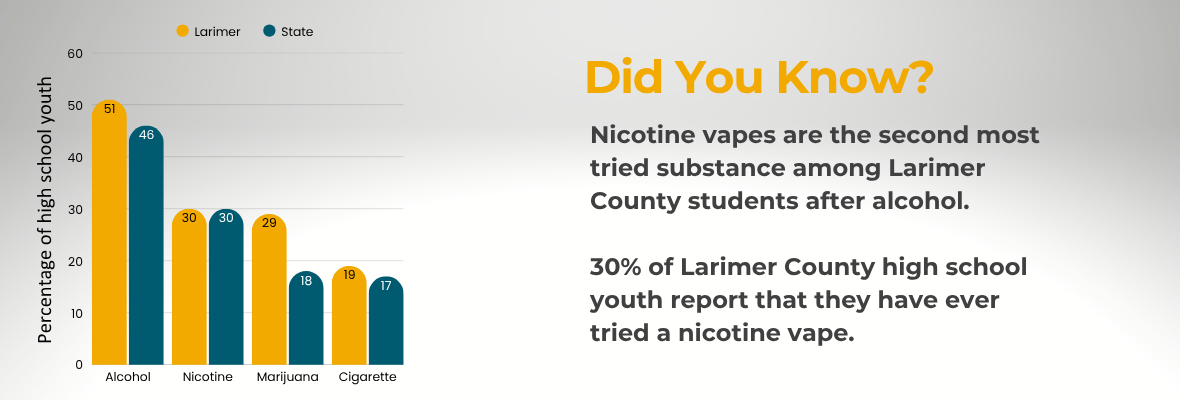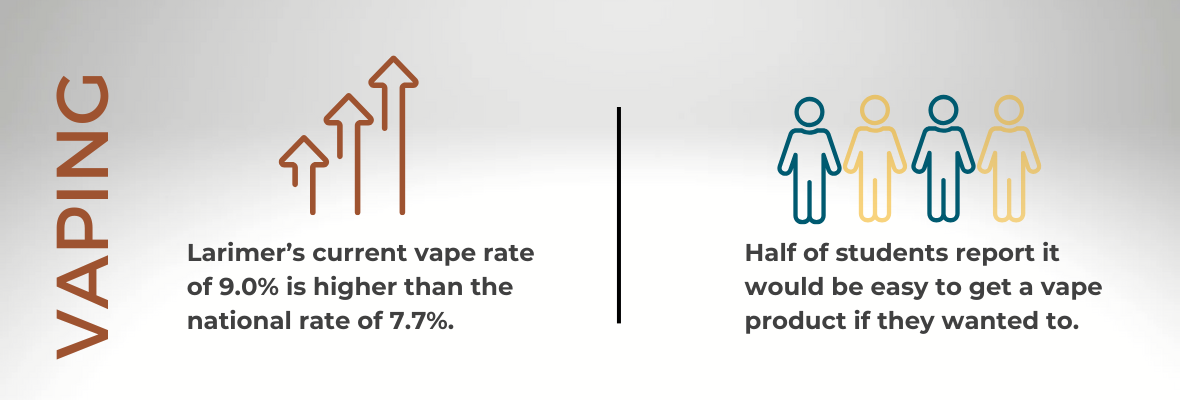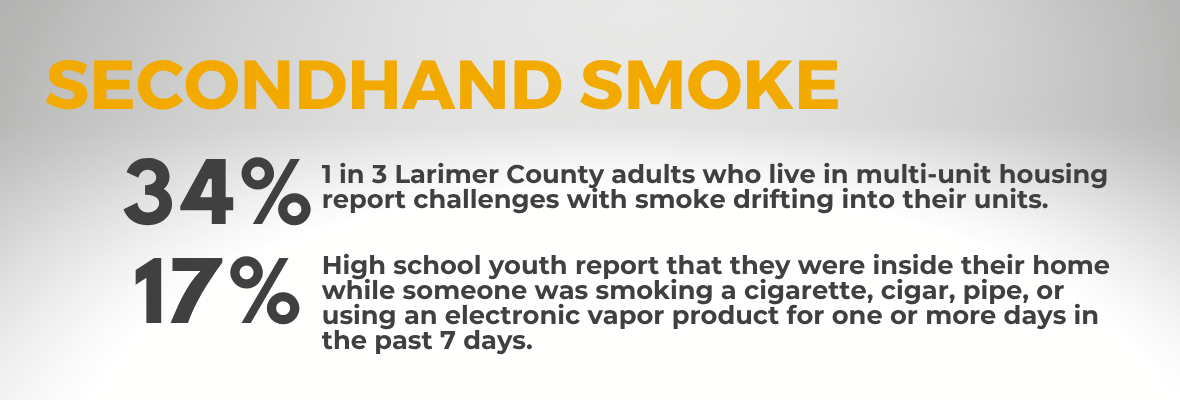Tobacco Free Colorado
Smokefree.gov
- You’ll find support, tips, tools and expert advice to help you or someone you love quit smoking
- Free quitSTART and QuitGuide apps available
Breathe Easy Colorado: A Guide for Your Nicotine-Free Future: English / Español
Download this comprehensive guide which helps you build a individualized plan to live without nicotine, step by step.
Get Help From Your Healthcare Provider with Nicotine Replacement Therapy
Talking with your doctor or dentist is a great place to start when you want to quit. They can help you make a plan and prescribe nicotine replacement products — such as nicotine gum, patches, inhalers or nasal sprays.
Medications combined with other supports have been shown to double your odds of successfully quitting tobacco.
Trusted adults, like parents, guardians, teachers, and coaches, can play a key role in helping teens quit tobacco or nicotine. Having open, supportive conversations and setting clear, positive expectations can make a big difference. It also helps when adults stay informed about nicotine products and youth trends, so they can recognize signs of use early. Schools and youth organizations can support these efforts by enforcing tobacco-free policies with a non-punitive approach and partnering with local organizations such as the LCDHE Tobacco Team for presentations or staff training. Creating a network of encouragement and accountability can help youth feel supported as they work to quit.
Quitting nicotine and tobacco products can be hard and stressful. However, youth and young adults stand the best chance of being successful if they make a plan and seek support. The resources below were made for youth and young adults who want to end their relationship with nicotine products.
My Life, My Quit
- Text "Start My Quit" to 36072 or call (855) 891-9989 to talk with a coach in Colorado who is ready to listen and cheer you on.
EX Program from the Truth Initiative
- Text “EXPROGRAM“ to 88709 to enroll
- Offers customized content through text messages to give teens and young adults tailored quit tips and resources
Smokefree Teens Website
- Offers tools and tips to support to teens in quitting smoking
- Includes options for chat, text, and app





